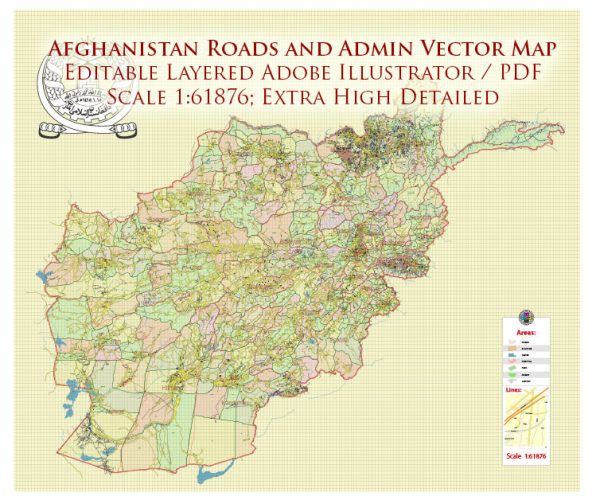The history of Afghanistan’s creation is a complex and multifaceted one, marked by centuries of political, cultural, and territorial developments. The modern nation of Afghanistan emerged in the 18th century, but its historical roots go much deeper.
- Ancient History: The region that is now Afghanistan has a rich and ancient history. It was inhabited by various ethnic groups and civilizations, including the Persian Empire, the Mauryan Empire, and the Greco-Bactrian Kingdom. The area was also a crucial part of the Silk Road, which facilitated trade and cultural exchange.
- Islamic Conquest: In the 7th century, the Arab Muslim armies began to conquer the region, spreading Islam and Islamic culture. This marked a significant turning point in the region’s history as it became an integral part of the Islamic world.
- Persian and Turkic Influences: Over the centuries, the region saw influences from various dynasties, including the Persian Safavids and the Turkic-Mongol Timurids. These dynasties left their cultural and architectural marks on Afghanistan.
- Durrani Empire: In the mid-18th century, Ahmad Shah Durrani, also known as Ahmad Shah Abdali, established the Durrani Empire, which is considered the precursor to modern Afghanistan. He unified various Afghan tribes and established a centralized government.
- British Influence: During the 19th century, Afghanistan became a battleground for the British Empire and the Russian Empire’s “Great Game.” The British aimed to prevent Russian expansion into the region and establish a buffer state. The two Anglo-Afghan Wars (1839-1842 and 1878-1880) had a significant impact on Afghanistan’s borders and sovereignty.
- Durand Line: In 1893, the British and the Afghan emir, Abdur Rahman Khan, agreed to establish the Durand Line as the border between British India (now Pakistan) and Afghanistan. This arbitrary division of ethnic Pashtun territory has been a source of tension between Afghanistan and Pakistan.
- Independence: Afghanistan gained full independence from British influence in 1919 after the Third Anglo-Afghan War. King Amanullah Khan led efforts to modernize the country, including introducing constitutional reforms and improving education.
- The Afghan Monarchy: Afghanistan was ruled by a monarchy for much of the 20th century. King Zahir Shah ruled from 1933 to 1973.
- Soviet Invasion and Civil War: In 1979, the Soviet Union invaded Afghanistan, leading to a prolonged and devastating conflict that lasted until 1989. This was followed by a civil war, which continued throughout the 1990s.
- Taliban Rule: In 1996, the Taliban, an Islamist militant group, took control of Afghanistan. They imposed strict Islamic law and were internationally isolated.
- Post-9/11 and Coalition Invasion: In the aftermath of the September 11, 2001 attacks, the United States and its allies invaded Afghanistan, overthrowing the Taliban regime and attempting to stabilize the country.
- Modern Afghanistan: Afghanistan has experienced ongoing conflict and instability since the early 2000s, with efforts to establish a stable government and rebuild the nation. The situation has been marked by challenges, including insurgency, terrorism, and governance issues.
It’s important to note that Afghanistan’s history is highly complex, marked by regional and ethnic diversity, external influences, and shifting alliances. The nation has faced numerous challenges in its efforts to establish a stable and prosperous society.


 Author: Kirill Shrayber, Ph.D.
Author: Kirill Shrayber, Ph.D.